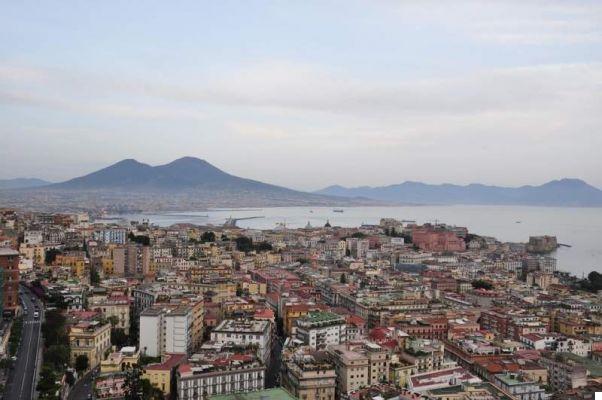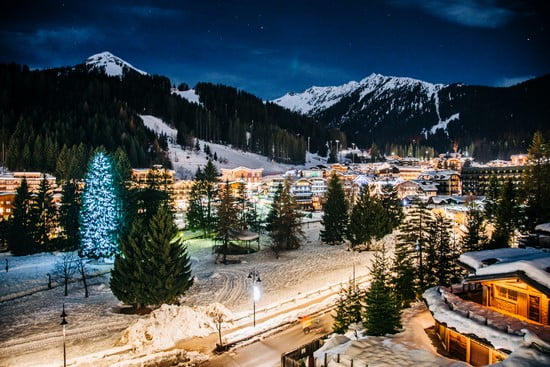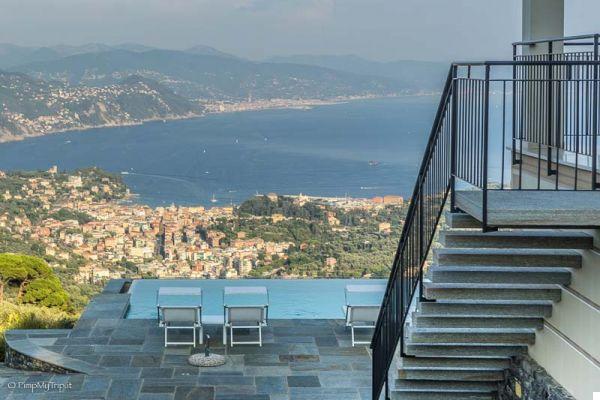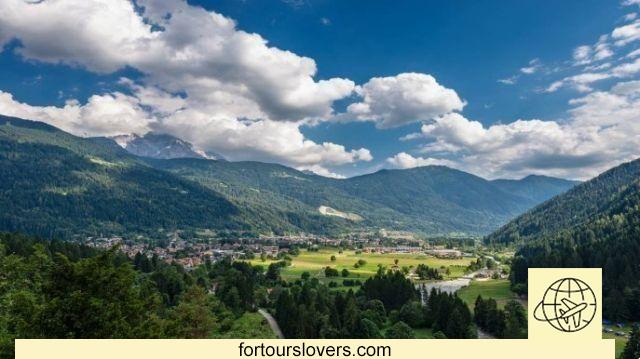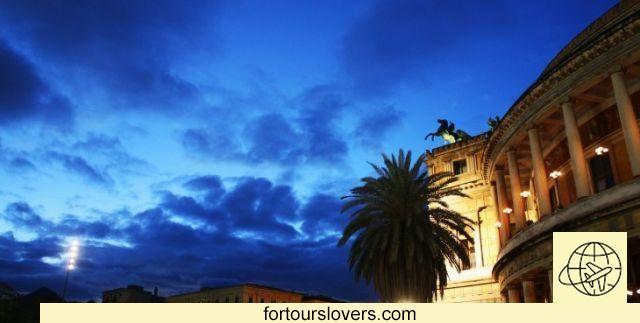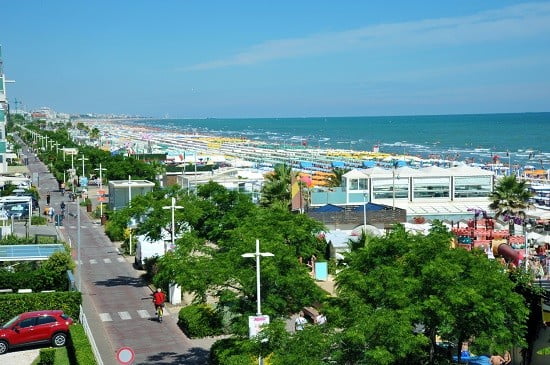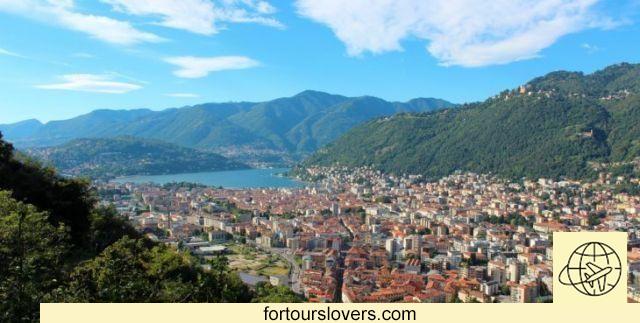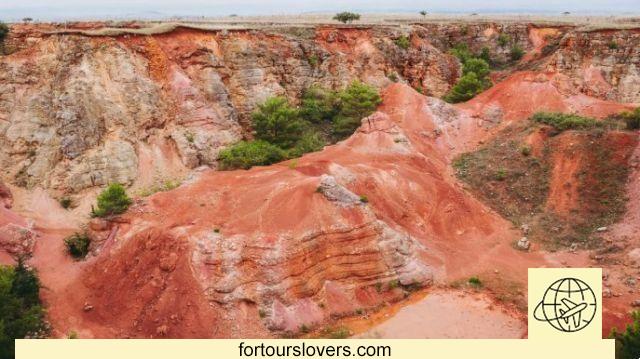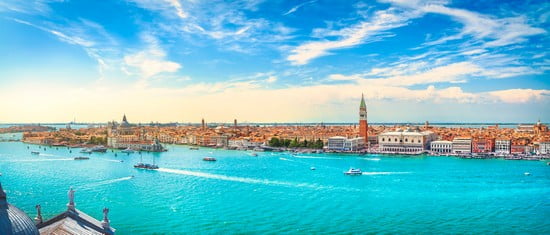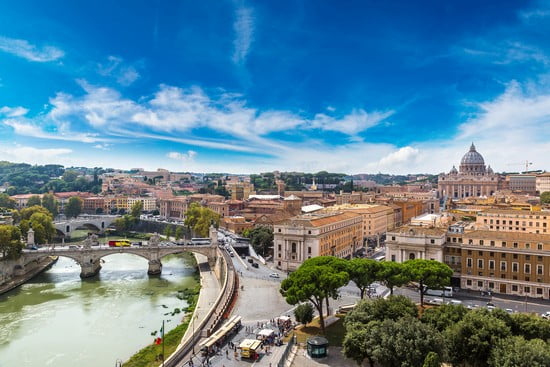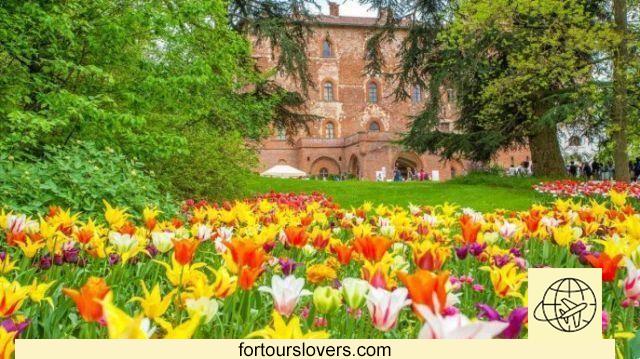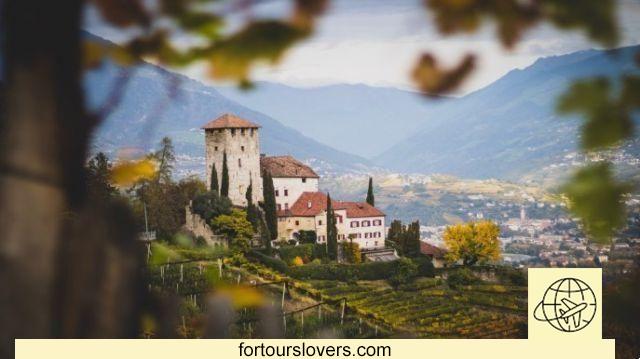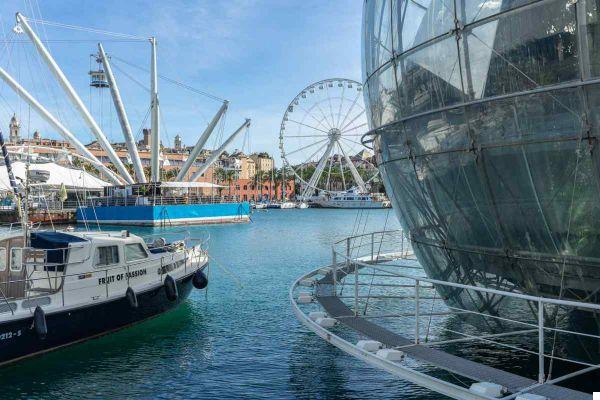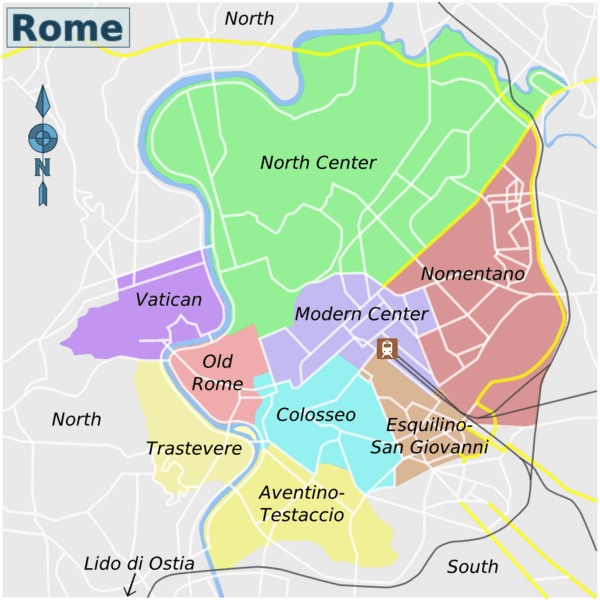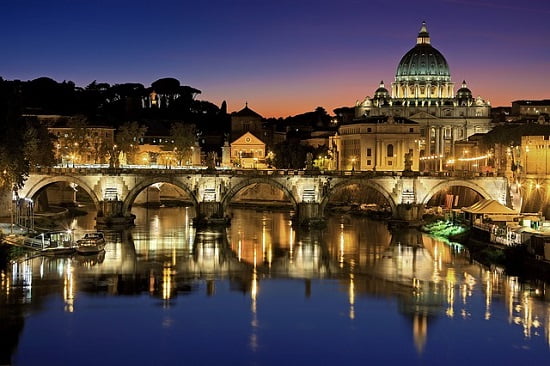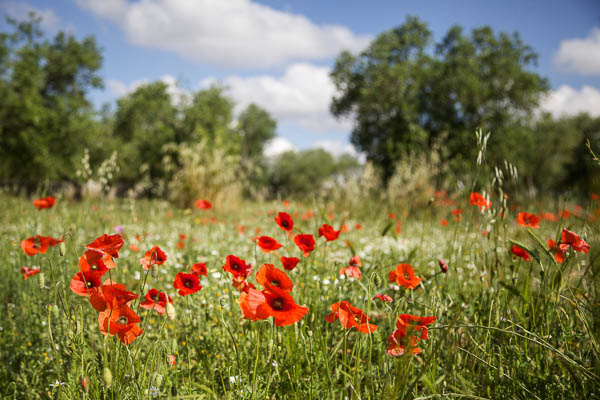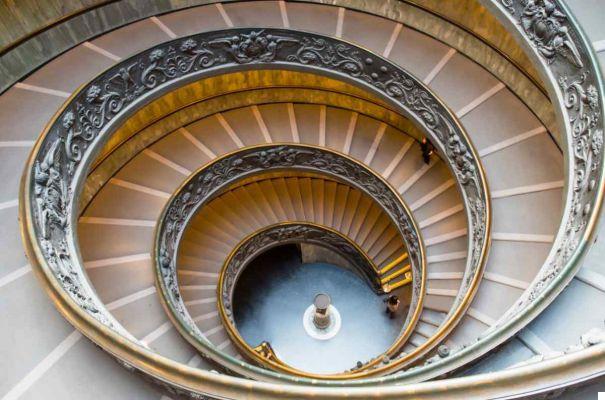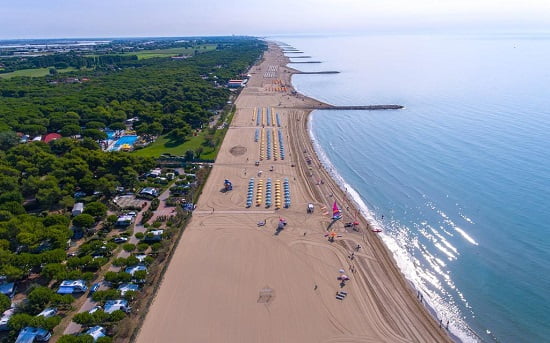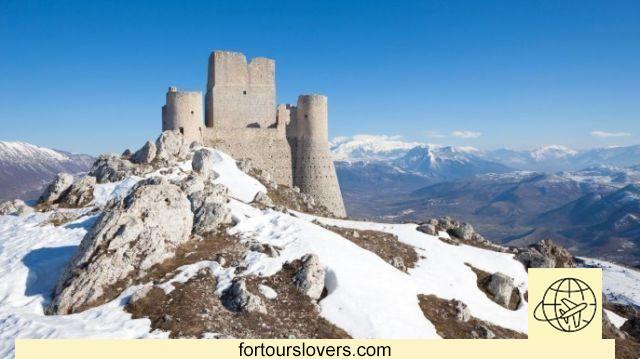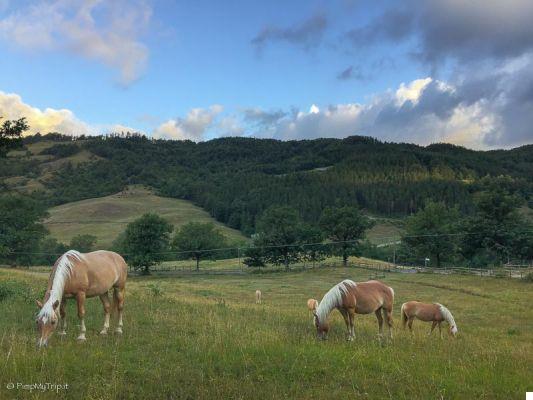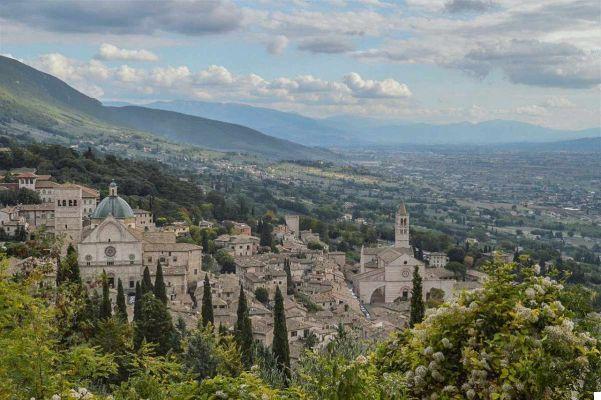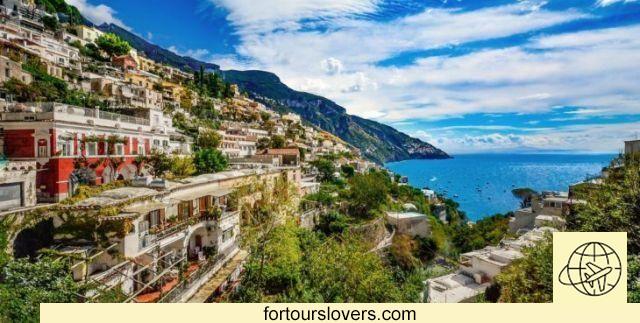
Amalfi Coast
11 things to do and see on the Amalfi Coast and 1 not to doThe most beautiful stretch of coast in Italy; according to many even the most beautiful in Europe. We are in Campania, to be precise in the province of Salerno south of the Sorrento peninsula. The Amalfi coast extends along the Statale Panoramica 163. Fifty kilometers of hairpin bends and cliffs overlooking the sea where fabulous locations such as Positano, Amalfi, Ravello and Vietri follow one another. These municipalities, together with Sorrento, have been a destination for international tourism since the nineteenth century, mainly Anglo-Saxon. A detail that has significantly influenced the mentality of the population, different in temperament, and partly also in culture, compared to the rest of the region. Together with tourism, the agricultural and seafaring vocation continues. Even today, the production of lemons and the canning industry linked to the processing of fish are two economically important items. The same goes for craftsmanship: the textile tradition of Positano and the ceramics of Vietri are famous all over the world and employ many people in the area. Below we see together the main attractions of the Amalfi Coast, below UNESCO protection from 1997. Enjoy the reading!
How to get to the Amalfi Coast
Reaching the Amalfi Coast by land is not always the best idea. In the medium / high season the traffic risk is very high. It can be more convenient to reach it by sea as it is well connected with the ports of Salerno (also reachable by High Speed trains) and Sorrento (reachable from Naples with the Circumvesuviana).
Consult the timetables and book ferry e Hydrofoils to Positano, Amalfi, Minori, Maiori e cetara from the following links:
ferry Salerno ➜ Amalfi Coast
ferry Sorrento Coast ➜ Amalfi Coast
ferry Capri ➜ Amalfi Coast
1 Positano
For fame and acquaintances Positano, in Campania, is second only to Capri. So let's talk about one international tourist resort, very crowded during the summer months. In spring and autumn, however, Positano shows its best face. It is certainly no longer a village of humble fishermen as it once was, but it is still extraordinarily fascinating, especially in the eyes of those who visit it for the first time. The most striking feature, in fact, is his prevalent vertical development. The houses are perched on top of each other, almost clinging to the rock that slopes gently down to the sea. Stroll through hers narrow streets full of boutiques and shops (Positano is world famous for the artisanal production of clothes and sandals) is a truly rewarding experience. Also worth seeing is the Church of Santa Maria Assunta with its dome soaring in the middle of the city. Two beaches: la Big Beach, at the foot of the village; and the Fornillo beach, just a few minutes' walk from the hydrofoil dock. In short, whether for a few hours or a couple of days, Positano is worth a visit at least once in a lifetime. To be seen!
2 Praiano
Less than ten kilometers from Positano, Praiano is the ideal solution for those who want above all relaxation and tranquility from a holiday on the Amalfi Coast. The town, just over 2000 inhabitants, is divided into two hamlets: Vettica, the top, and Marina of Praiano, close to the sea. There are also two beaches: Gavitella e Marina di Priaia. Despite their small size, they are exclusive beaches, fully equipped and complete with restaurants specialized in Campania seafood cuisine. Panorama and sunset complete the idyll. Praiano, in fact, is famous forbreadth of view and for his fiery sunsets, almost always with Capri clearly visible in the background (see photo). The latter, in particular, make the location suitable for a romantic weekend with the right mix of privacy and social life (Praiano is halfway between Positano and Amalfi). Not to be missed!
3 Furore
Immediately after Praiano you will find the fjord of Furore, an unmissable stop on a holiday on the Amalfi Coast. It is a narrow cove, carved out by the incessant work of the Schiato stream coming from Lattari Mountains. The fjord, now known as Marina di Furore, represents the touristic part of the town. The actual village, on the other hand, is located 600 meters above sea level and can be reached via some steep paths that go up inland from the coast. In reality it is improper to speak of a village, as one of the characteristics of Furore is the absence of a real inhabited center. The houses and churches of this small town are scattered here and there following, in most cases, the course of the land. Inevitably, the Statale Panoramica 163 has enhanced the Navy by sacrificing the internal part. Following this road, in fact, you arrive near a bridge (we are at about 30 meters. Ldm) that crosses the town. Right next to the bridge, however, a staircase leads up to this spectacular inlet with a small group of fishermen's houses. However, for some years now, the rise of the trekking as a leading tourism segment, it is reversing the trend. In other words, we are witnessing the progressive rediscovery of a part of the territory for a long time on the margins of tourist flows. In this regard, for those who do not want to explore the paths of Furore uphill, we recommend reaching the municipality of Agerola (from which also the most famous "Path of the Gods") and from there descend to the fjord of Furore. To do!
4 Conca dei Marini
During Fascism Conca dei Marini it was united with Furore, only to separate immediately after the Second World War. A small anecdote, however revealing how important the municipal identity is for the inhabitants of the Amalfi Coast. In fact, we are talking about one of the smallest municipalities in Italy (just over 600 inhabitants) yet very proud of its history. An identity from double soul of land (cultivation of lemons and cherry tomatoes) and sea (the tonnara was active until 1956) which fortunately continues to renew itself under the banner of mass tourism. Several things to see. In passing we point out: the Marina di Conca beach, at the end of 300 steps near a renowned hotel in the area; and especially the Cave dello Smeraldo, a wonderful marine ravine discovered in the 30s by a local fisherman. The Cave dello Smeraldo is accessed via a lift along the SP 163, or alternatively by sea from Amalfi (the same for those who do not want to climb the steps to Marina di Conca).
5 Amalfi
Amalfi shares with Positano the palm of the most important locality of the Amalfi Coast. On which of the two, however, is the most beautiful, the judgment remains suspended even if Amalfi undoubtedly has a glorious history on its side. Together with Pisa, Genoa and Venice it was one of the Maritime Republics that made the history of the Mediterranean coming to count 70.000 inhabitants compared to about 5000 today. Numerous traces of the grandeur of Amalfi remain: fromArsenal, the yard where the boats of the fleet were built (today it houses a permanent one with the history of the locality), at Regatta of the Maritime Republics that every 4 years takes place in the city waters with a considerable organizational effort rewarded, however, by the more than positive numbers of the turnout. Do not miss the visit of the Cathedral of Sant'Andrea (see photo), as well as the Paper Museum. The latter is housed inside one of the mills formerly used to process paper. The whole Sorrento peninsula, in fact, for centuries has boasted an excellent paper industry that exploited the wide availability of streams and streams coming from the Lattari Mountains. In the riverbeds dug by these waterways, paper mills were built, whose activity definitively ceased around the mid-50s (except for a limited handicraft production that continues). If desired, after visiting the museum, it is possible to undertake an excursion to discover the other disused mills. To do!
6 Atrani
It is the urban center with the greatest population density of the Amalfi Coast and this certainly not for the high number of inhabitants but rather for the reduced territorial extension. Just 0,12 square kilometers in which about 900 people live. Basically one wedding favor set between the Civita and Aureo mountains along the valley of the Dragon river. Although administratively divided, Atrani, in fact, is an extension of Amalfi. It is from a historical point of view, being part of the ancient Maritime Republic (the Regatta of the Maritime Republics moves from its waters); it is also so from a territorial point of view since the town can be reached on foot by continuing beyond the Valle dei Mulini di Amalfi (see point 5). Urbanistically, however, it is a jewel of Mediterranean architecture, that particular way of building made of superfetations, colored facades and narrow uphill alleys. Particular mention for the churches, in very high number considering the smallness of the territory. Two in particular are worth a visit: the Church of San Salvatore de 'Birecto, where at the time of the Republic of Amalfi the dukes were crowned, and the Collegiate Church of Santa Maria Penitente famous for the bell tower and the soaring dome.
7 Ravello
Immediately after Amalfi, Ravello is the ideal destination for those who want a holiday on the Amalfi Coast away from the hustle and bustle that has characterized these places for years. The town, in fact, is located in more than 300 meters above sea level and, in addition to the magnificent view, it boasts a cooler climate that certainly suits those who can't stand summer heat and heat. As for the things to see, they are few but of extraordinary beauty. Above all Villa Rufolo e Villa Cimbrone, two stately homes that have become tourist attractions over the years. The first, in particular, hosts a series of musical events of the highest level, especially during the Ravello Festival, a music festival that monopolizes almost the entire tourist calendar of the town (see photo). Villa Cimbrone, on the other hand, is a well-priced 5-star hotel, of which the extraordinary can still be visited panoramic garden (renamed "Terrace on the Infinite"). Equally worth a visit Duomo, which dominates the homonymous square, and the futuristic Auditorium designed by the Brazilian star architect Oscar Niemeyer. This hyper-modern structure, distant, but not at all out of place compared to the architectural style of the locality, hosts a substantial part of the events of the Ravello Festival mentioned above. To be seen!
8 Minors
Minori has been an established tourist resort for millennia. To confirm this ancient vocation, the discovery of one Roman villa of the XNUMXst century AD C. which today represents one of the main attractions of the place. The other is there Minor Basilica of Santa Trofimena which, imposing, looks towards the sea. For the rest, the built-up area is less characteristic than the other coastal towns. To make the difference in these parts are there beach, sea, Sun and gastronomy. Minori, in fact, boasts an important tradition of artisan pasta factories which, together with lemons, wine and all the other land and sea products of the area, enliven the stay of tourists. In addition, for some years now, there is an event that has immediately made a difference: it's called "Gusta Minori" and is held in the last week of August. The event, as can be guessed from the name, aims to enhance the extraordinary "gastronomic deposits" of the Amalfi Coast, combining food, evenings of art, culture and music. Not to be missed!
9 Maiori
Maiori is located at the mouth of the Regghina Maior (hence the name of the town and the distinction with Minori), a river responsible for a terrible flood in 1954 that caused grief and destruction. The subsequent reconstruction sacrificed many elements of the historic town, which is why Maiori appears less characteristic than the other places on the Amalfi Coast. This does not mean, however, that the country does not have arrows in its bow. Indeed, the fact of having the longest beach on the entire Amalfi Coast (approx. 1 km) has greatly favored the tourist economy. Over the years, several hotels have sprung up, as well as all the typical related activities (shops, restaurants, boutiques). Furthermore, the churches (Collegiate Church of Santa Maria a Mare, San Francesco, Santa Maria de 'Olearia, Madonna dell'Avvocata) and the nearby villages of Erchie and Cetara. The first (fraction of Maiori) has one of the most beautiful beaches on the coast; the second (common to itself), however, is famous for the anchovy sauce, one of the most important agri-food products (Slow Food presidium) in the Campania region.
10 Vietri Sul Mare
Vietri is the last stop on a tour to discover the Amalfi Coast. The city is famous above all for the centuries-old pottery tradition. The Vietri Ceramics Museum, housed in Villa Guariglia in the hamlet of Raito (approx. 3 km from Vietri) is undoubtedly a must for a visit to the city. Not the only one, however: also the Church of St. John the Baptist, very recognizable due to the majolica dome, it is worth a stop. The mix of styles (Romanesque, Renaissance and Baroque) that designs the facade and the interiors (the coffered ceiling is noteworthy) does not leave indifferent even those who lack art history. For the rest, Vietri should be considered the seaside resort of Salerno, since it is practically attached to the second largest municipality in Campania. The beach of the Marina hamlet together with that of the “Due Fratelli” (from the name of the stacks facing it) contribute significantly to the tourist appeal of the locality. To be seen!
11 The surroundings
Much less chaotic than Naples, Salerno is an excellent base for those wishing to visit the Amalfi Coast in complete tranquility. The advantage lies above all in the greater affordability of accommodation prices compared to places such as Positano, Amalfi, Ravello etc. It must be said that the city has also improved a lot in terms of tourism. The massive urban transformation projects carried out in recent years have significantly changed its face for the better, with cascading benefits on trade and catering. Two other places that must be seen are Pompeii and Paestum. From Vietri Sul Mare, the last stage of the coast, the first and an hour the second are respectively about half an hour by car (a little more by public transport), but it is absolutely worth it. Pompeii certainly needs no introduction; idem Paestum, which in addition to being one of the most important archaeological sites of Magna Graecia (see photo), is a popular seaside resort on the outskirts of Cilento, another pearl of the Campania region. To be seen!
1 Avoid (if possible) July and August
The best season to visit the Amalfi Coast is definitely spring. The advantage of April, May and June is that the days get longer, the climate gradually becomes milder, everything blooms, and above all there is no heat and crowds of summer. In fact, in July and August, the Amalfi Coast is sold out. Inevitably, these are the months in which almost all the most important social events take place but, given the choice, the spring months (or, alternatively, the autumn ones) are preferred for livability. The advice is especially valid if in addition to visiting the towns of the Amalfi Coast you want to try your hand at some of the hiking trails which we also mentioned in our story.




